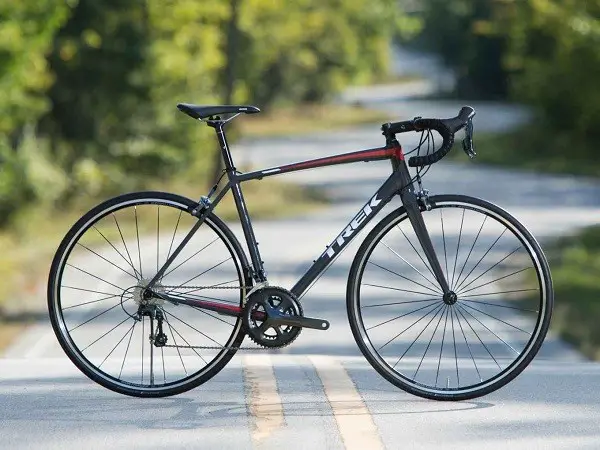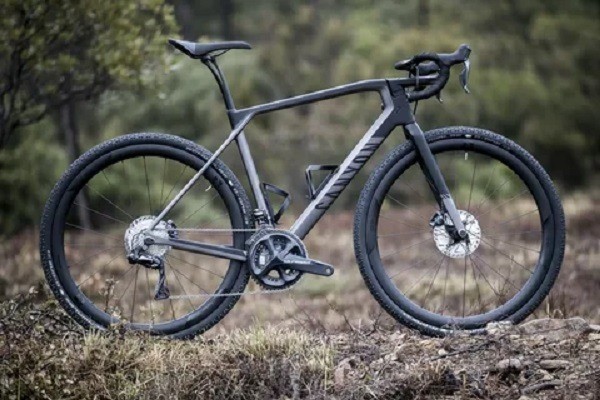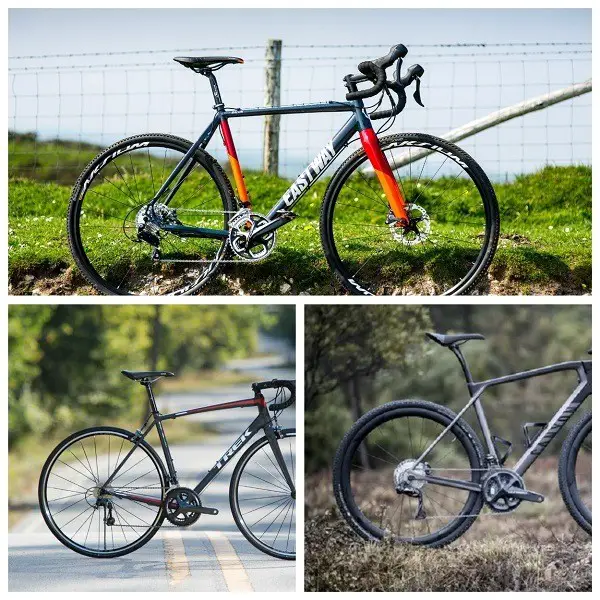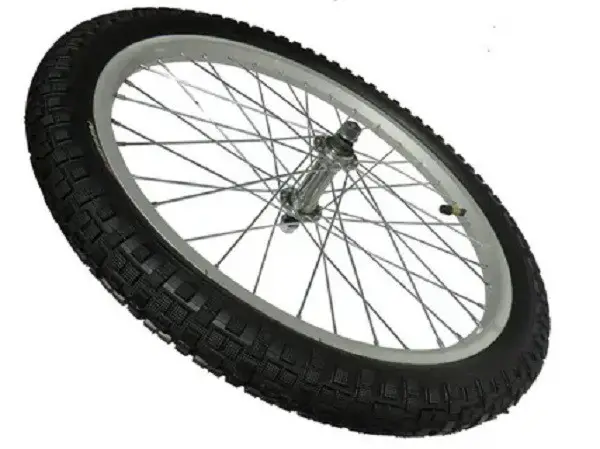The variety of bicycle models allows everyone to choose a transport that takes into account the peculiarities of riding and personal preferences. Recently, bikes, which are characterized by a more sporty design, were called “mountain bikes. Today among cyclists you can often hear such terms as “road bike”, “gravel bike”, “cyclocross” and others. What is the difference between them? Today we will talk about what is better: cyclocross or gravel bike. Also denote the main differences and features of these bikes, define their purpose.
Cyclocross
To begin with, it would not hurt to understand where this strange word – “cyclocross” came from. The English word cyclocross (abbreviated as CX) literally translates as “cyclocross” and means “cross on a bicycle. The sport itself has its roots in the early twentieth century. In 1902, a French soldier, who was also a fan of cycling, Daniel Gousseau decided to hold the first championship in France in cyclocross.
The essence of the competition: participants had to get from point A to point B with their bike, overcoming bumps, mud, rivers, hills and gullies. Today, the specifics of the sport discipline has changed slightly: the athletes move along a circular route, but on rough terrain.
Given the specifics of such a competition, it is not difficult to guess that an ordinary bicycle will leave the owner far behind the other participants. Accordingly, for cyclocross requires an appropriate bike (cyclocross or road bike, for example), which successfully overcomes fords and other obstacles in the way of the athlete. Based on this, it is possible to identify the distinctive features of cyclocross.
Cyclocross: features
Bicycles of this category are designed for dynamic movement on dirt, loose surfaces, snow, sand and slippery grass. Cyclocrosses are similar to standard road models, but only in external features. As for the rest of the characteristics, the following features can be highlighted:
- Cyclocross is associated with cantilever brakes (similar to V-brakes);
- Improved geometry, which provides maximum handling and maneuverability;
- the upper tube of most cyclocross bikes has a characteristic bend made to allow the competitor to easily carry the bike on their shoulder;
- the carriage assembly is higher than on other bikes.
- a transmission with one sprocket (no need for more, as cyclocross bikes do not need more speed);
- a chiseled rubber for optimal grip on quicksand surfaces.
Cyclocross frames are made of aluminum or carbon fiber. There are also steel products, but this is rather the exception. It should be noted that cyclocross is an official sport discipline. Accordingly, the bike must comply with the technical regulations of the International Cycling Union (UCI). In this regard, the designers of Grevels and Touring have no such strict restrictions.
Road bike
It is safe to say that everyone is familiar with this category of bicycles. Their design features are due to the specifics of use: bikes are designed to ride on paved roads. The geometry of the bike can vary depending on the purpose: there are models for conquering gentle slopes, for fast rides in conditions of limited time, for long rides. Nevertheless, there are some general patterns common to all road bikes:
- The handlebar has a less sharp angle compared to a cyclocross to provide more stability at speed;
- lowered carriage;
- short wheelbase, something you can’t get on a cyclocross or gravel bike.
The braking system of roadsters is represented by rim or disc brakes. The forks are designed with minimal mud clearance.
Gravel bike or gravel bike
The philosophy of the gravel bike is to absorb the best qualities of an endurance bike, but still allow the cyclist to turn from the rolled asphalt to the country road without losing speed and comfort.
The engineers managed to create quite a comfortable model, which combines a comfortable fit on a wide travel rubber. The geometry of the bike may vary, but the trend remains: the carriage, wheelbase and handlebar angle all fall between cyclocross and road bike parameters. “What’s the difference then?” you ask. And we’ll tell you the answer:
- the forks are made with a large dirt clearance in mind, provide for the installation of rubber with a diameter of up to 42mm;
- gravel bikes are equipped with wheels 650b, which provides additional space for variations in the choice of wider tires;
- bicycle mounts for your belongings (bottles, pumps, bags, and other luggage)
Unlike cyclocross bikes, gravel bikes are more flexible in terms of design and geometry. No, that doesn’t mean they bend right and left, just that cyclocross bikes are designed to ride in harsh conditions, while gravel bikes have the ability to ride on both paved and unpaved roads.
Distinctive features of gravel bikes:
- Low weight (on average, a graveler weighs about 12 kg);
- versatility (they are full-fledged lightweight all-terrain vehicles);
- modern design (as a rule, gravel bikes are equipped with disc brakes and universal tires);
- maneuverability (achieved through a small wheelbase);
- reliability.
Grevel bike – it is a universal bike on which you can safely go on a trip, because it is equally well on asphalt and rough terrain.
What is the difference
Basically, Grevels are improved versions of cyclocross with more comfortable geometry and a disc brake system for dynamic riding. There seems to be some certainty that allows you to understand how cyclocross differs from gravelcross: there’s a difference between geometry, tires, and braking system. On the one hand, there is. But on the other hand, there is still some confusion, and at first glance it is difficult to say exactly what the difference between a cyclocross bike and a road bike or a gravel bike is. Let’s sort it out together.
Brakes
All three categories (cyclocross, Grevel and road bike) must have different brakes. The road bikes have pincers, the cyclocross bikes have cantilevers and the gravel bikes have disc brakes. At least that’s what the manufacturers intended.
Currently, cyclocross and gravel bikes are produced only with disc brakes, with the exception of some manufacturers who produce piece bikes on cantilevers. It’s worth noting that road bikes are also gradually transitioning to disc brakes, but some models provide for the installation of classic rim clamps.
All this to say is that it is very difficult to distinguish between the three categories of bicycles in terms of braking principle.
Wheels
All three categories of bicycles use 28-inch rims, but different rubber. The cyclocross models probably have the most teeth. The golden mean is gravel wheels with a moderately aggressive tread. The smoothest rubber is on the roadsters.
It makes sense to pay attention to the tires in stores. As for real life, no one forbids to install slicks on cyclocross, because of which the principal difference disappears.
Diameter of tires
Highways are designed for thin wheels, which means that the size of the largest rubber is also limited to the geometric parameters of the front and rear forks. On highway models, they are always the narrowest.
As for cyclocross and gravel, the differences are almost imperceptible. Highway models are good to rubber no more than 30 mm. Cyclocross and gravel models usually only start at this mark.
Frame geometry
Of course, tires, wheels and brakes can’t be fundamentally different. But what about the angle of the steering stem? Could it be the decisive indicator? Yes, it is different at Specialized, but at Giant all three categories have exactly the same steering stem angle. That’s why this parameter can’t be called fundamental either, but it can be taken as a factor to distinguish all three categories.
As for the carriage unit, there are some differences here as well. The height of the carriages is very important when we talk about the degree of passability of this or that bicycle. But you can see the differences only when all three bikes will stand side by side on the same tires. That is, the ground for conclusions is rather unstable.
Transmission
There’s not much to say about it, because exclusively gravel, for example, groupset appeared only recently at Shimano under the index GRX. Until then, cyclists were using a mix of MTB and road groupsets, or just road groupsets. Even if you see a Shimano GRX on board, it doesn’t mean you’re looking at a gravel bike. It’s probably a cyclocross bike. That’s why the clear lines get blurred here as well.
What is the result? There is no fundamental difference between a cyclocross, a road bike and a gravel bike? As a matter of fact, there is. But if you take into account all the above parameters, you can hardly go wrong.
The recipe for the perfect bike
Engineers and designers of the bicycle industry do not sit idly by. New models, sturdy and lightweight frames, improved aerodynamic properties, etc. are constantly appearing. The result is categories of bicycles that are more suited to the needs of customers.
Nevertheless, there are bicycle gourmands who are not satisfied with the road bike, they don’t really like the gravel bike, and cyclocross is just a little short of perfection. So what should be the perfect bike? After studying feedback from athletes and cycling enthusiasts, we came to the following conclusion:
To get the perfect bike, you need to take a lightweight cyclocross frame, upgrade it a bit to accommodate full-size fenders and a wide tire, but still leave a gap. ETT the frame for upright fit a little shorter, and make the steering column angles softer for smoother handling. Make the length of the rear triangle as long as possible, like in touring cars. To have holes for the trunk and fenders. Cassette for 11 speeds, a handlebar in a shape of ram’s horns, only disc brakes and the main thing – a wide and soft rubber which equally well goes both on asphalt and on the ground. That’s all – the ideal bicycle is ready.
Of course, manufacturers are trying to improve each model to meet the needs of customers.
Conclusion .
To summarize, we can say that there are no fundamental differences between the highway, gravel and cyclocross. There is no parameter that draws a clear distinction between the three categories. But taking into account the main factors (transmission, tires, brakes, frame geometry, etc.) it is possible to determine where a road bike is and where a typical representative of the cyclocross group is.











